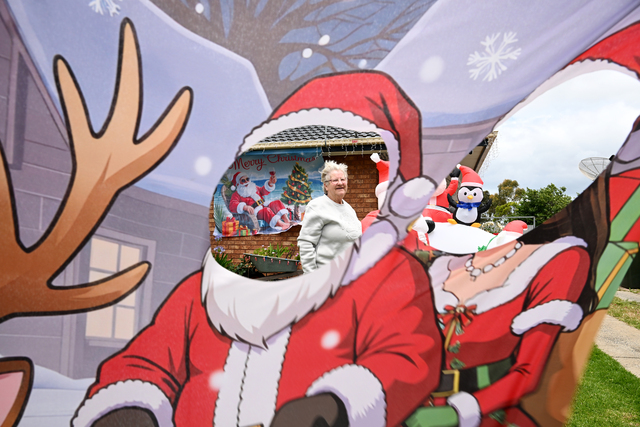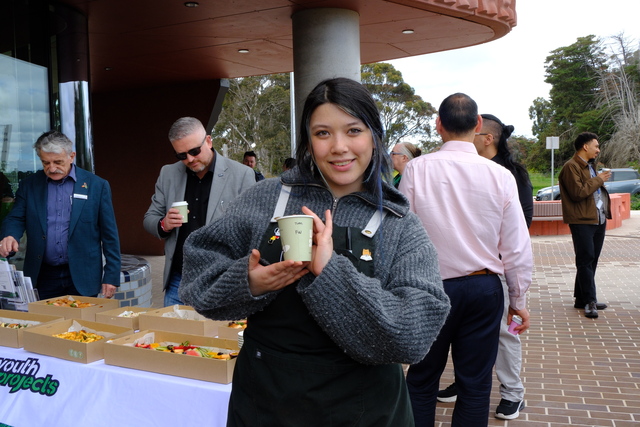Wyndham council and the Victorian Farmer’s Federation have raised concerns about the e state government’s Emergency Services Volunteer Fund (ESVF) levy.
Passed in state parliament in the early hours of May 16, the ESVF will replace the former Fire Services Property Levy from July 1.
The ESVF will be calculated on a fixed charge that varies by property type, and a variable charge based on property value and will be charged alongside council rates.
The government agreed to amendments to the ESVF before it passed parliament, including reducing the planned levy increase for farmers from 189 per cent to 150 per cent.
The government also legislated that 95 per cent of VICSES and CFA funding will come from ESVF and 90 per cent of FRV’s annual funding will come from the levy.
A Wyndham spokesperson said that council being forced to collect the levy on the state government’s behalf might lead to the municipality receiving unfair flak.
“Many residents don’t distinguish between a state levy or council rate on their rates notice, and council will unnecessarily wear the brunt of complaints and financial hardship claims,” the spokesperson said.
Wyndham was one of six councils across Melbourne’s south-west that met with Western Victoria MP Sarah Mansfield ahead of the ESVF passing parliament last week to urge her to vote against the levy.
VFF livestock council president Scott Young said the organisation “does not agree with the decision that’s been made” around the ESVF.
“It’s a huge increase and that’s why farmers are so concerned,” he said.
“Farmers are not in a position … to afford increases like this in our business.”
Through the ESVF, the state government said it will invest $110 million to deliver a rolling fleet replacement program for VICSES, the CFA and Fire Rescue Victoria (FRV).
Emergency Services Minister Vicki Ward said the new funding arrangement will be used to modernise first responders equipment across the state.
“This new funding model is giving our incredible emergency service workers and volunteers the modern equipment they need to help keep communities safe.”
“







